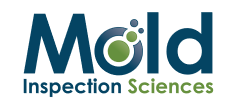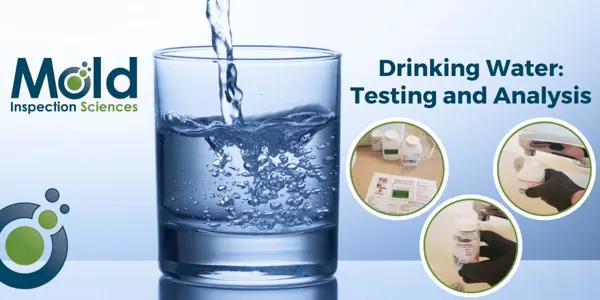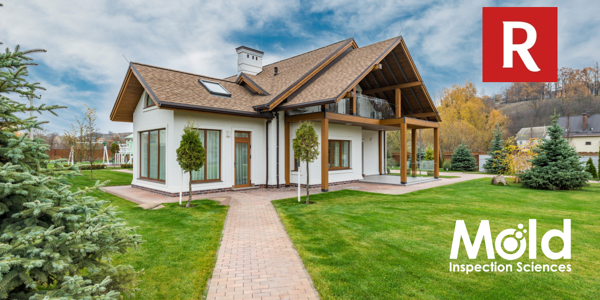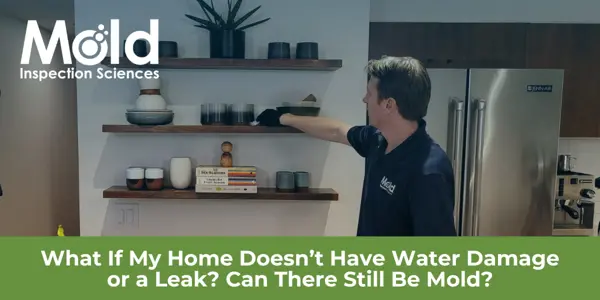Legionella Concerns Amid COVID Reopening
Are you heading back to an office building or workplace that has been dormant during the shutdown? While many are eager to get back to business, it’s important to remember that there are still safety risks associated with reopening. One of those potential risks is Legionella.
What is Legionella (Legionnaires’ Disease)?
Legionella is a bacterium that can cause Legionnaires’ disease, a lung infection with symptoms similar to those of Coronavirus, including cough, muscle aches, fever, shortness of breath, headache, and pneumonia. While Legionnaires’ can be severe, it is typically treated with antibiotics. However, older adults, those with weakened immune systems or underlying health problems are even more susceptible.
So, how do you get Legionnaires’ disease? Why is there a risk associated with reopening during COVID? When the pandemic hit, there was rapid closure with little time to think about safety risks or what needs to happen to keep a building maintained. Thus, ideal conditions can develop for the Legionella bacterium to grow in stagnate warm water or water that may not have maintained proper pH or disinfectant during closure. Legionella does occur naturally in freshwater, however it poses a health risk when found in man-made water systems such as cooling towers, evaporative condensers, hot and cold-water systems, spa pools, and other recognized systems like humidifiers, emergency showers, and indoor fountains. Legionella bacterium is spread by airborne water droplets that are inhaled into the lungs or accidentally swallowed.
Environmental Risk Assessments

Our inspection and testing services leverage our extensive knowledge of environmental contamination and the conditions conducive to the presence of Legionella bacteria as well as building construction, air flows, building materials, air communication, and HVAC systems (heating ventilation and air conditioning).
Is My Building or Facility at Risk?
According to the CDC, if your building relates to any of the following, you should take extra precaution when you assess for reopening.
- Is your building a healthcare facility? Do patients stay overnight, or, are they treated for chronic and acute medical problems or have weakened immune systems?
- Is your building home to older adults – ages 65+?
- Does your building have a centralized hot water system that feeds multiple housing units?
- Does your building have more than ten stories? *Basement levels included.
Does your building have:
- Decorative fountains?
- Spa pools?
- A cooling tower?
- Or, a centrally installed mister, air washer, or humidifier?
If you answered yes to any of these questions, and are concerned about a potential Legionella risk, seek professional testing to confirm what’s happening in your facility. At Mold Inspection Sciences, we collect water and swab samples from all potable sources and commercial sources like those listed above, which are then analyzed by our laboratory for the presence of specific contaminants.
I See an Area for Potential Risk, What’s Next?
If you don’t have one in place already, a smart next step is to develop and maintain an environmental monitoring program. This type of plan helps maintain a safe environment in your facility, effectively reducing hazardous conditions conducive to Legionella growth and protecting people from contracting Legionnaires’ disease. It should focus on areas or devices in your facility where Legionella may grow or spread.
Many buildings need and should have an environmental monitoring program to reduce the risk of Legionella, among other environmental risks. The CDC recommends a comprehensive, seven part program specifically for building water systems. We can help you understand the risks your building's systems may face and which parts of the CDC recommendations apply to you - and which do not.
Environmental Monitoring Program (EMP) and Risk Assessment
Monitoring your building environment can have a variety of benefits and is more than just an initial inspection. Thorough cleaning and continued auditing are vital to reduce the potential growth and further spread of environmental contaminants. An EMP and risk assessment will help you develop the right protocols to limit the impact of these hazards, so your workplace is safe for everyone.
When you’re ready to reopen, we can help confirm that your business and building is as safe as possible for workforce re-entry. Our inspection and testing services leverage extensive knowledge of environmental contamination and conditions conducive to mold, Legionella, and SARS. For more information, visit our Environmental Risk Assessment page, or get in touch with our team
You’ve Waited Too Long to Hear This!
Subscribe Now to Discover Why Listeners Turn to Craig Cooper and the Secret Life of Mold - Mold Inspection Radio Podcast for All Things Mold, Allergies, and Air Quality Issues.




